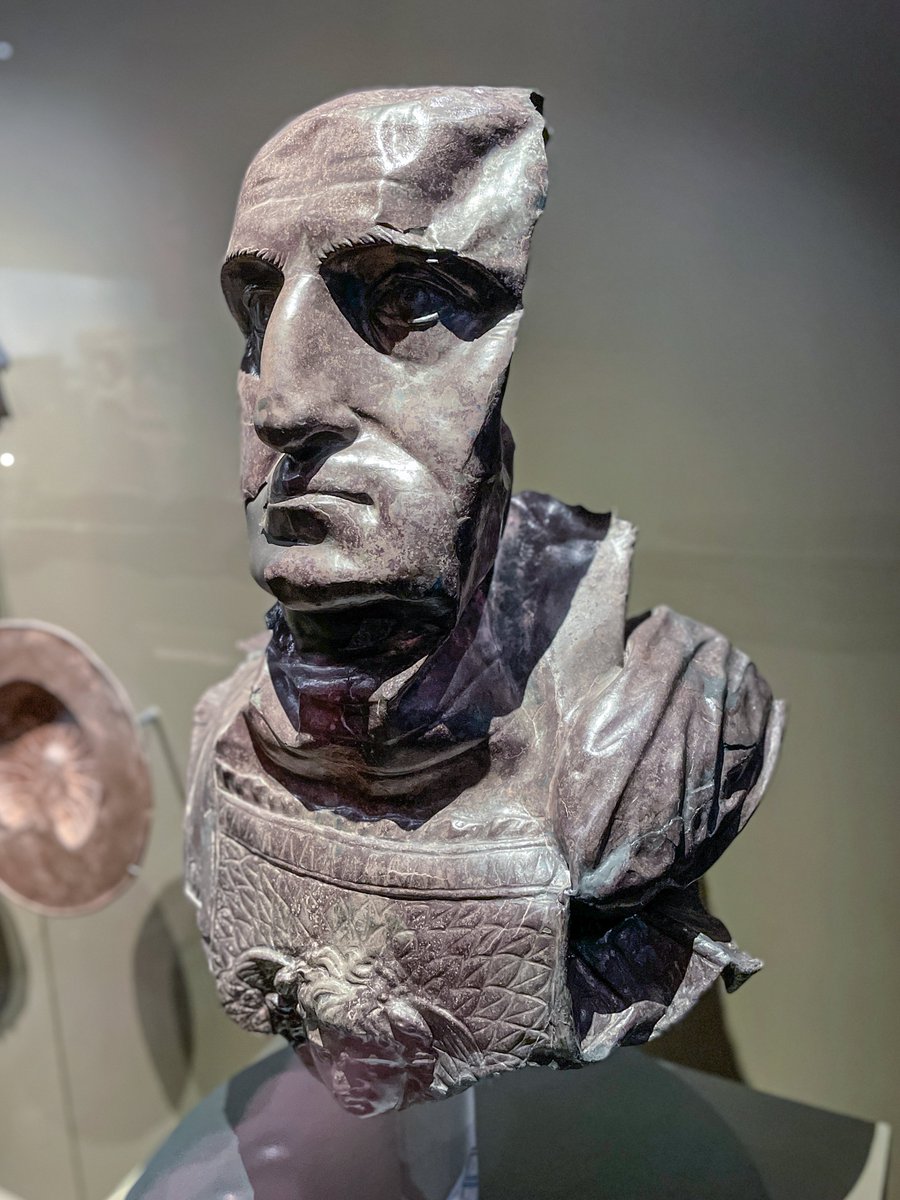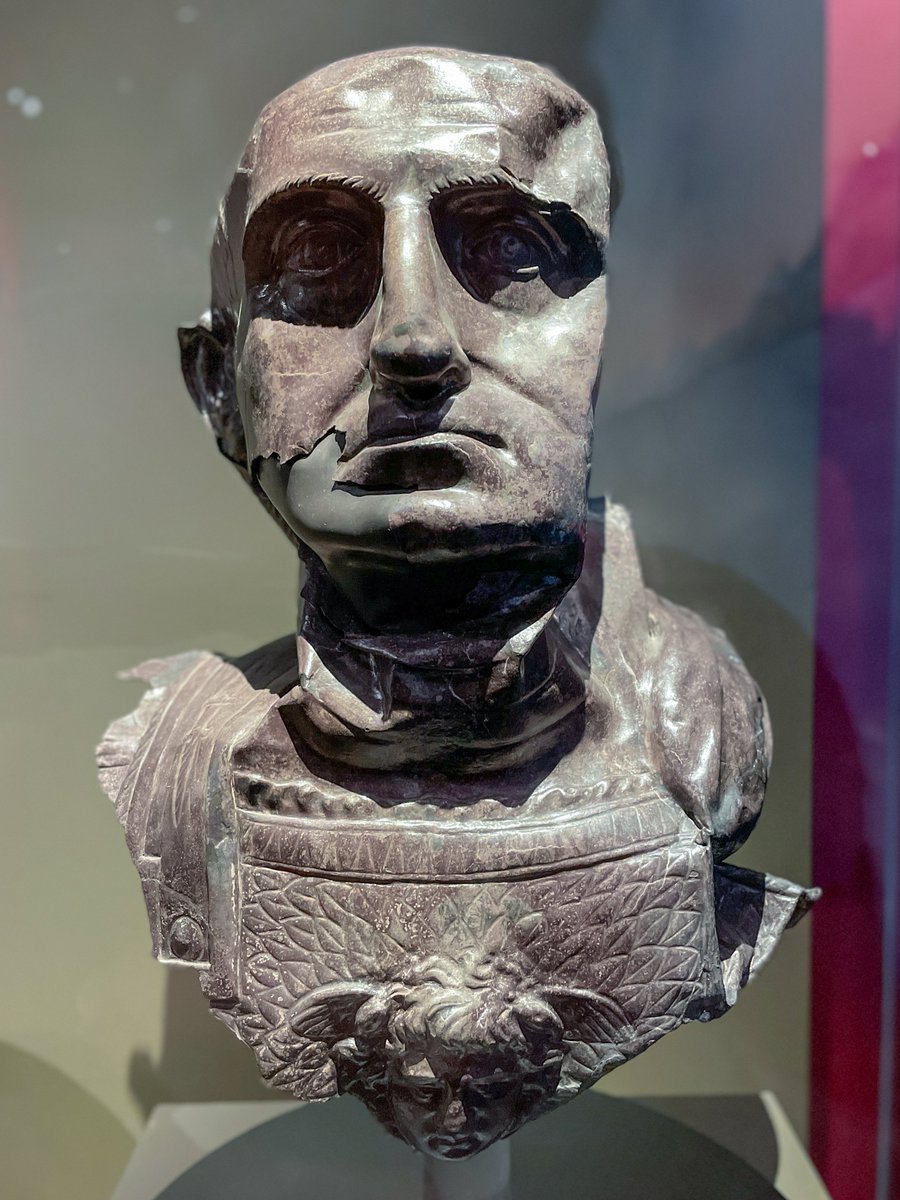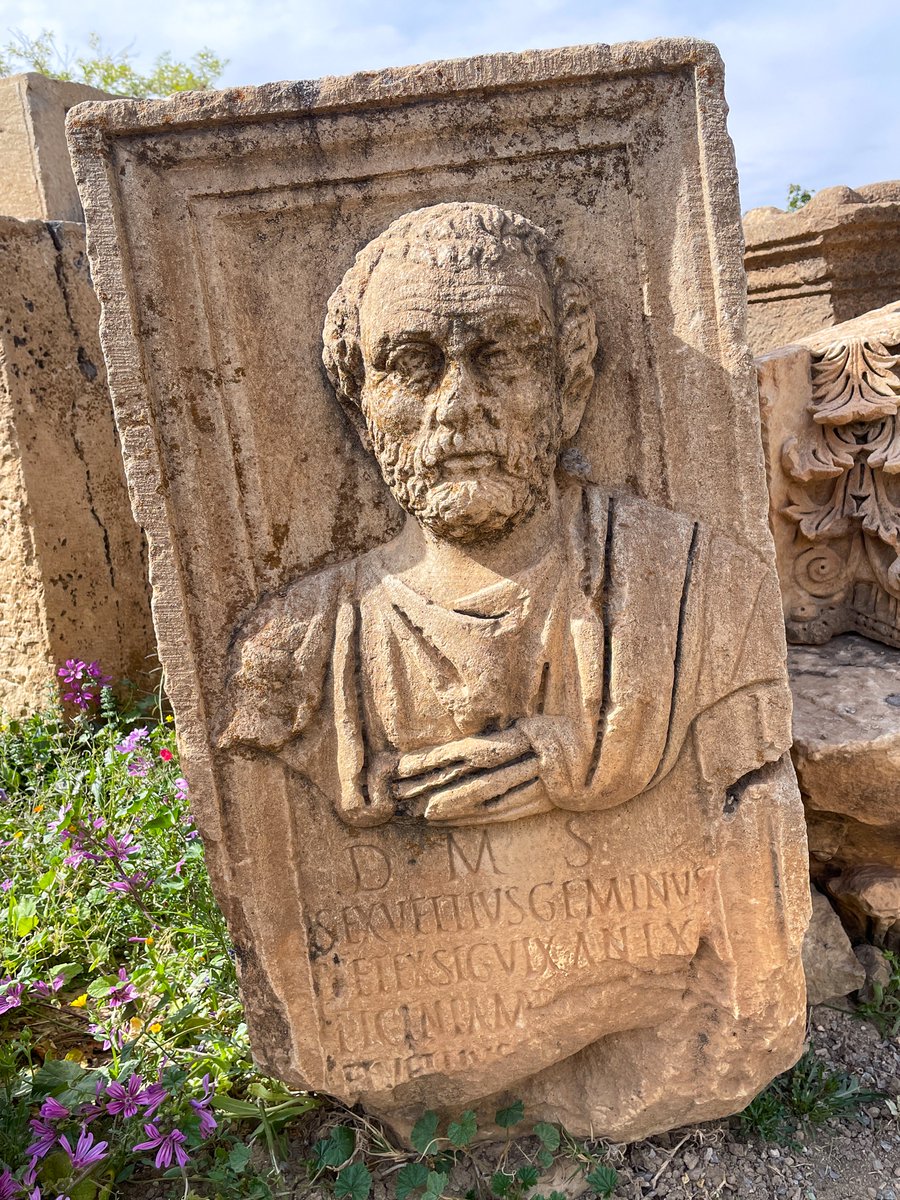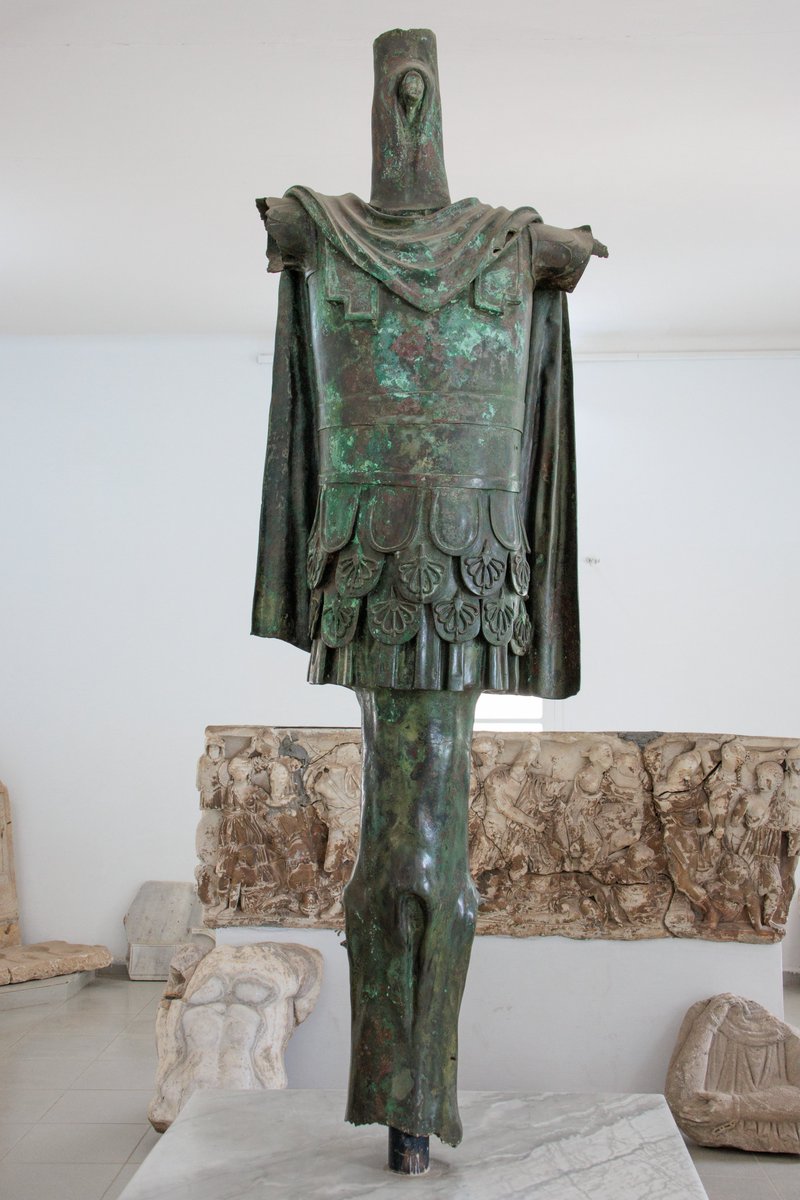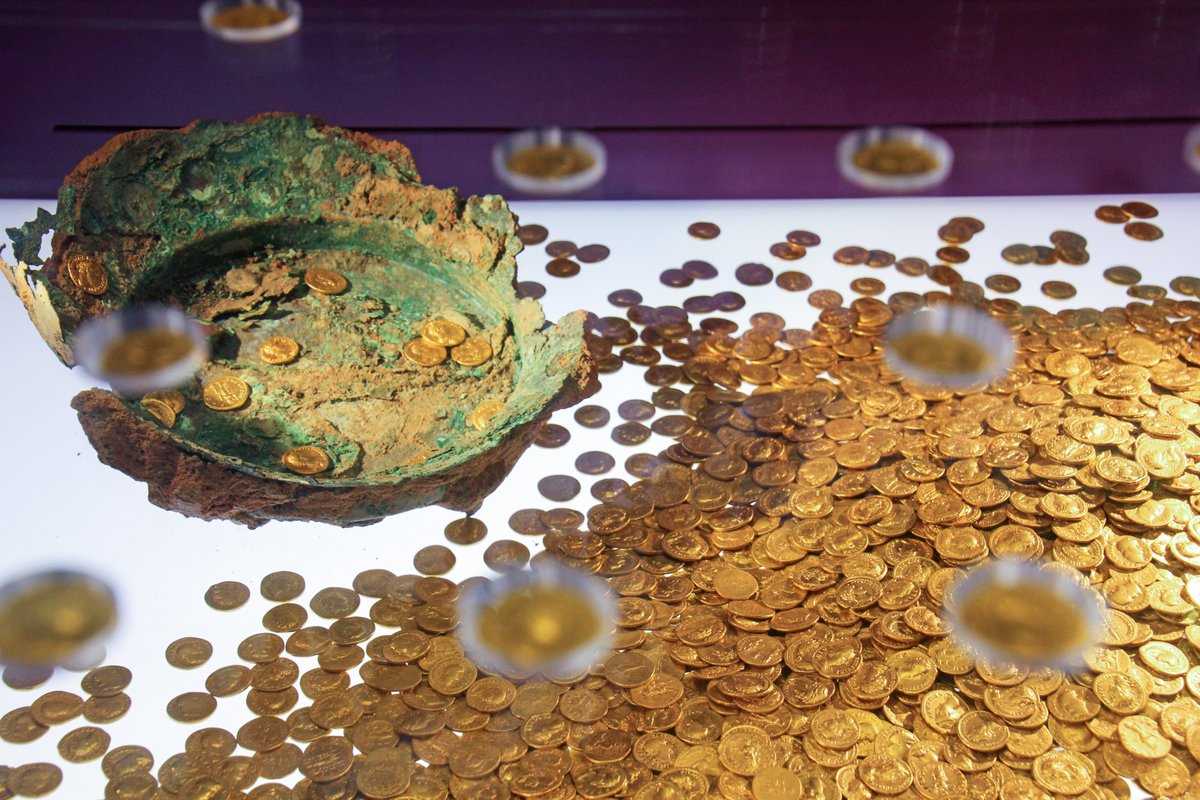1) During construction work on Amphipolis Archaeological Museum in 1976, workers uncovered a cist tomb cut into the bedrock, still sealed and unlooted. Curiously, the burial was located inside the city walls near the marketplace of Amphipolis. Lifting the blocks, they found... 
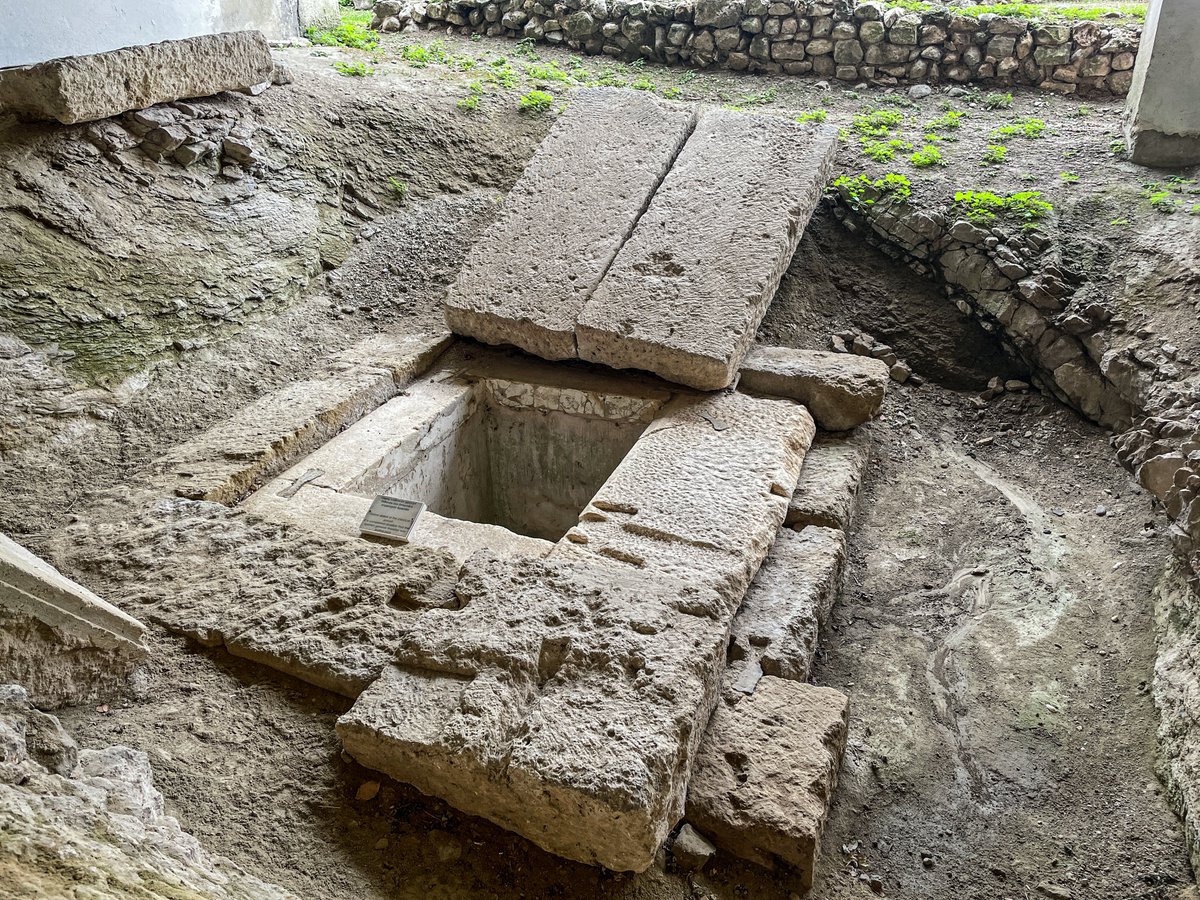
2) ..a solid silver casket, still holding the cremated remains of the deceased. On the casket rested an exquisite gold laurel crown. Who was the individual given a rich burial in the very heart of this ancient city? Amazingly, the famed historian Thucydides provided the answer.. 

3) It soon became apparent that they had found the tomb of the legendary Spartan general Brasidas - not just a key figure in Thucydides' monumental history of the Peloponnesian War - but a nemesis of Thucydides himself, who was an Athenian general before writing his histories.. 

4) Brasidas and Thucydides fought for control of Amphipolis in 424 BC, with the Spartans led by Brasidas capturing the city. A highly respected leader, Brasidas ruled justly in Amphipolis; until in 422 when the Athenians returned led by the general Cleon... 

5) Brasidas assembled his troops to meet the Athenians, inspiring them with a speech that Thucydides quotes at length (5.9). He urged 'no giving in, the alternative being slavery to Athens. As for me, I will show you I do not just give orders, but practice what I preach.' 

6) Brasidas, leading a charge against the enemy, was one of only seven Spartans to die in the ensuing battle, compared to six-hundred Athenians. After the Battle of Amphipolis, he was given the exceptional honour of a hero's burial inside the walls, at the entrance to the market. 

7) ..the very location of this tomb's discovery in 1976. Thucydides writes that the city honoured Brasidas with games and annual sacrifices at his tomb in the agora ..Silver casket and gold wreath of a Spartan hero, found where Thucydides describes in 'Peloponnesian War, 5.11' 

8) While I have sadly never played it, I understand Brasidas is also an important character in the popular 'Assassin's Creed Odyssey' video game - I'm sure he would be thrilled! 



9) Today, the tomb of Brasidas can be visited in the basement of Amphipolis Archaeological Museum, while his silver casket and gold crown can be seen inside the museum. To round off the thread, a final word from Thucydides on his old foe, Brasidas: 
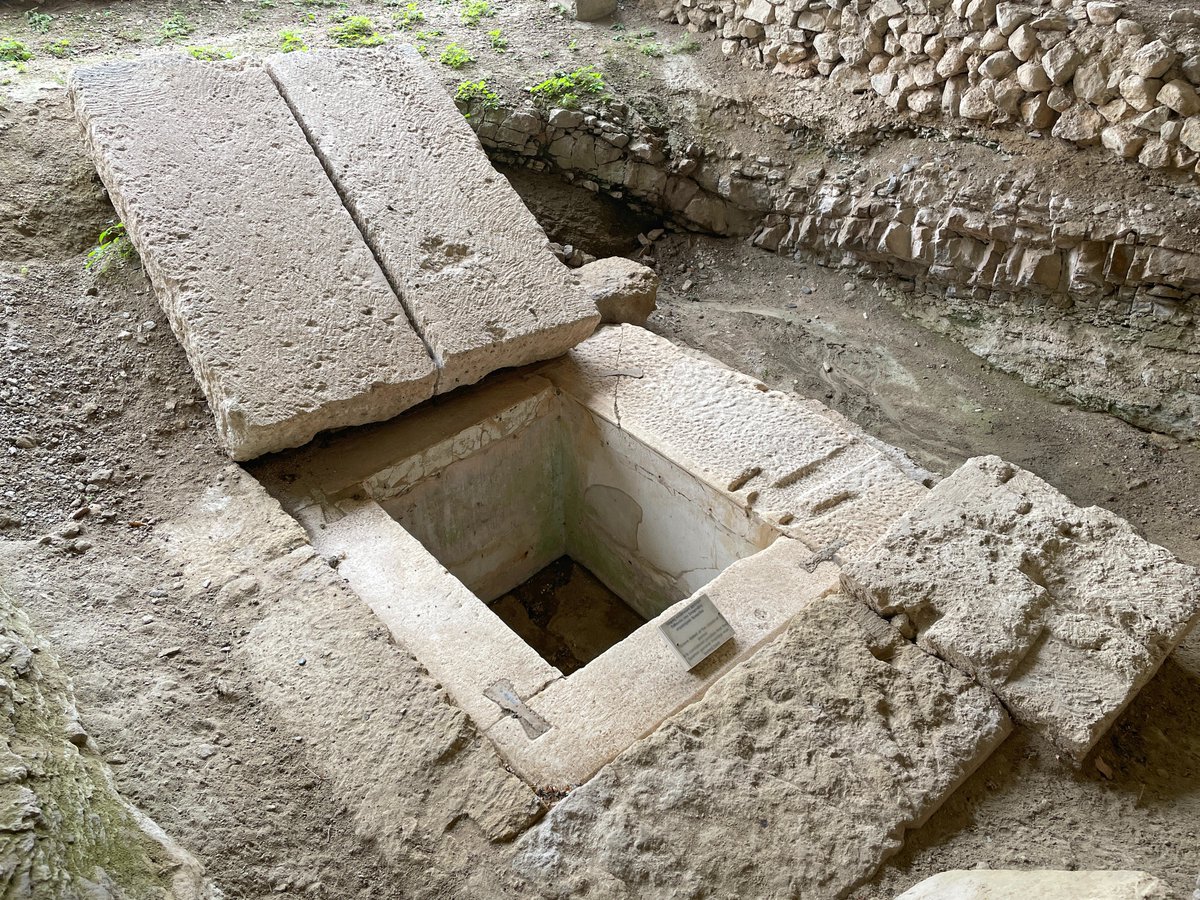
10) 'The famed valour and conduct of Brasidas brought many an Athenian ally over to the Spartan side. He was always the first into battle, and showed himself so good a man at every point, he left behind him the conviction that all other Spartans must be like him.' (4.81)
{END}
{END}
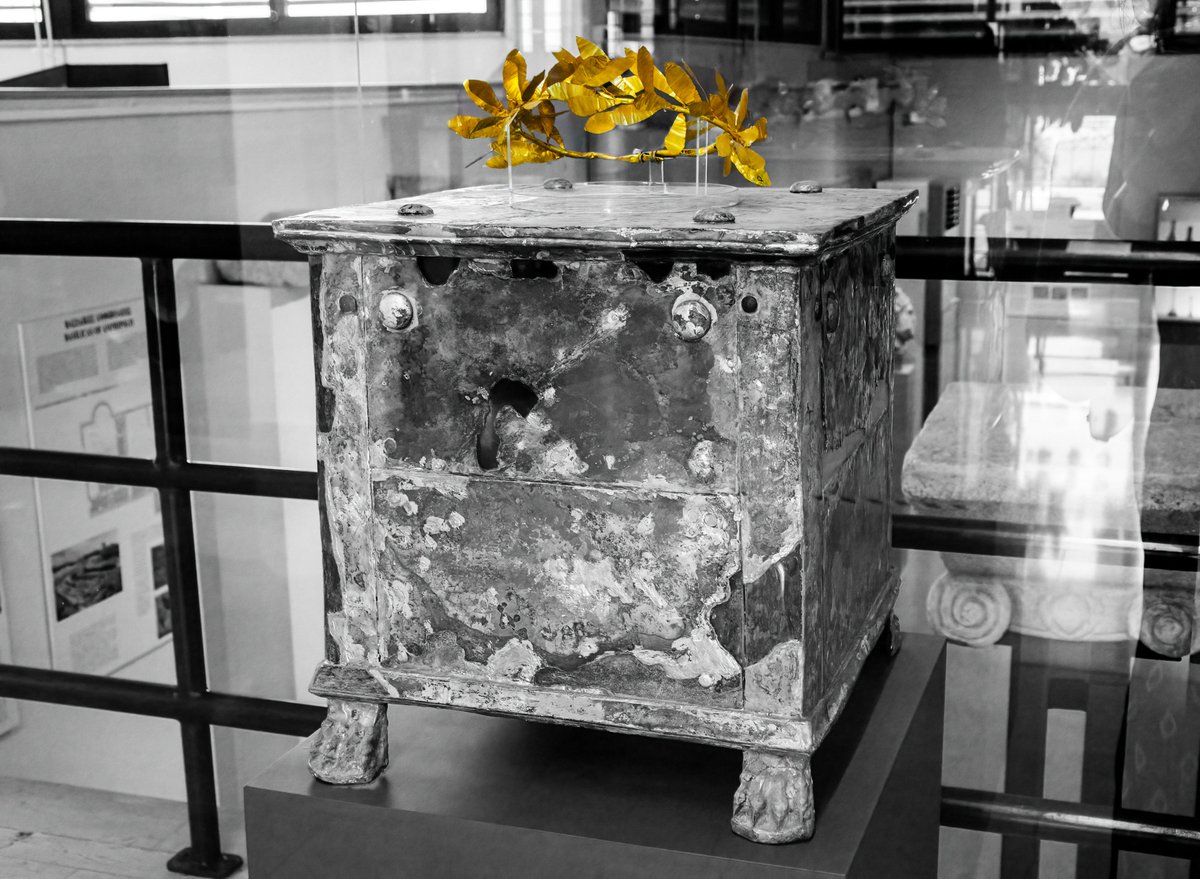
• • •
Missing some Tweet in this thread? You can try to
force a refresh








